Home>Garden Essentials>Where Do Gametophyte Germinate From Ferns
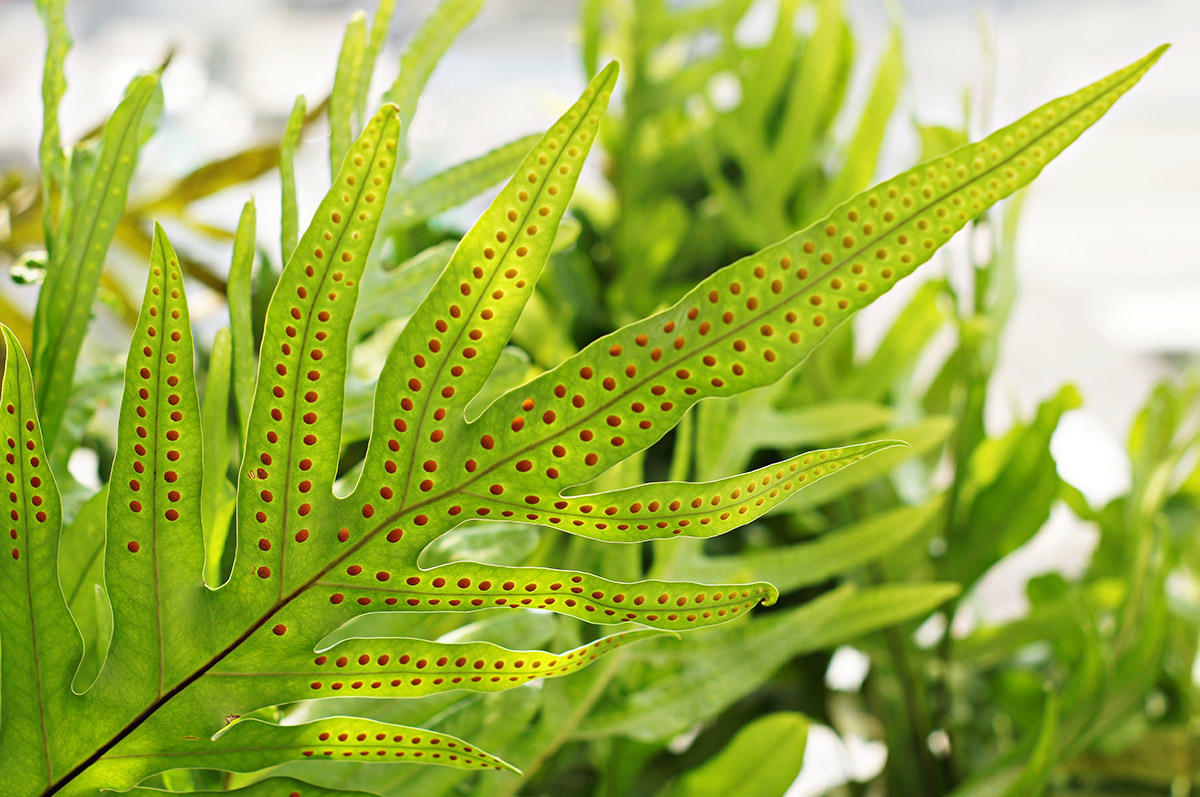

Garden Essentials
Where Do Gametophyte Germinate From Ferns
Modified: March 15, 2024
Learn where gametophyte germinate from ferns in your garden and how to cultivate these beautiful plants for a stunning outdoor space.
(Many of the links in this article redirect to a specific reviewed product. Your purchase of these products through affiliate links helps to generate commission for Storables.com, at no extra cost. Learn more)
Introduction
Welcome to the fascinating world of ferns! These ancient plants have been around for millions of years and continue to captivate us with their unique life cycle. One of the most intriguing aspects of ferns is the germination of their gametophytes. In this article, we will delve into the mysterious process of gametophyte germination and explore the conditions and locations where it takes place.
But before we dive into the specifics, let’s take a moment to understand the overall life cycle of ferns. Ferns, like other plants, undergo alternation of generations. This means that they have two distinct phases in their life cycle: the sporophyte phase and the gametophyte phase.
The sporophyte phase is the most familiar phase to us. It is the leafy, frond-bearing stage that we often associate with ferns. The sporophyte phase is responsible for producing spores, which are tiny reproductive cells. These spores are released into the environment and land on suitable surfaces, where they eventually develop into gametophytes.
Now, let’s turn our attention to the fascinating process of gametophyte germination. Once a spore finds itself in a suitable environment, it begins to undergo germination. The spore divides and develops into a haploid gametophyte, which is the sexual stage of the fern’s life cycle.
The germination process of fern gametophytes is influenced by various factors, including temperature, moisture, light, and nutrients. Let’s explore these conditions and their impact on gametophyte germination.
Key Takeaways:
- Fern gametophytes germinate in specific conditions such as moisture, temperature, light, and nutrients. Understanding and managing these factors are crucial for successful germination and growth.
- The location of gametophyte germination, whether in soil, underneath rocks, on decaying plant matter, or as epiphytes, plays a vital role in the development and survival of fern gametophytes.
Read more: What Does A Gametophyte Germinate Into
Life cycle of ferns
The life cycle of ferns is a fascinating and intricate process that involves alternating generations. As mentioned earlier, ferns go through two distinct phases in their lifecycle: the sporophyte phase and the gametophyte phase.
The sporophyte phase is the dominant and most familiar phase of ferns. It begins with the germination of a spore, which develops into a mature sporophyte. This phase is characterized by the leafy fronds that we commonly associate with ferns. The sporophyte phase is responsible for producing spores through a process called sporogenesis.
Once the sporophyte has reached maturity, it develops sporangia, which are specialized structures that contain spore mother cells. These cells undergo meiosis, a type of cell division that results in the production of haploid spores. These spores are released into the environment and are dispersed by various means such as wind, water, or animals.
When a spore lands in a suitable environment, it undergoes germination, marking the beginning of the gametophyte phase. The spore divides and develops into a haploid gametophyte, which is the sexual stage of the fern’s life cycle. The gametophyte is typically a small, independent structure that is often found on the underside of rocks, logs, or in moist soil.
Within the gametophyte, specialized structures called antheridia and archegonia are formed. The antheridia produce sperm cells, while the archegonia produce egg cells. The gametophyte phase of ferns is unique because it is an independent and photosynthetic phase, unlike the sporophyte phase, which relies on the gametophyte for nutrition.
Fertilization in ferns occurs when the sperm cells swim through water to reach the archegonia and fertilize the egg cells. This fertilization process gives rise to a zygote, which will develop into a new sporophyte. The new sporophyte grows from the gametophyte and eventually becomes a mature fern, completing the cycle.
It’s important to note that the fern life cycle may vary slightly between different species. Some ferns may have tiny gametophytes that are difficult to spot, while others may have larger, more conspicuous gametophytes. Nonetheless, the core process of alternation between the sporophyte and gametophyte phases is consistent across all ferns.
Now that we have a better understanding of the life cycle of ferns let’s explore the intriguing process of gametophyte germination in more detail.
Germination of fern gametophytes
The germination of fern gametophytes is a complex process that marks the transition from the dormant spore to the active and reproductive stage of the fern life cycle. This germination process is influenced by various factors and occurs in specific conditions and locations.
When a spore lands in a suitable environment, it goes through a series of developmental stages to form a gametophyte. The germination begins with the spore absorbing moisture, which stimulates its metabolic activity. As the spore takes in water, it swells, and the outer layer of the spore ruptures, allowing the internal cells to emerge.
Once the spore has absorbed enough water, it begins to divide and differentiate, eventually forming a small, independent gametophyte. The gametophyte starts as a flat structure, which gradually develops into a more complex and three-dimensional organism.
During this phase, the gametophyte develops specialized structures called rhizoids, which serve as anchoring structures and aid in nutrient absorption. Rhizoids are similar to roots but are not true roots since they lack vascular tissues.
Simultaneously, the gametophyte forms reproductive structures called antheridia and archegonia. Antheridia produce flagellated sperm cells, while archegonia produce eggs. These reproductive structures are necessary for the sexual reproduction of ferns.
Germination of fern gametophytes is a delicate process that requires specific conditions to promote growth and development. These conditions are essential for the gametophyte to thrive and successfully complete its life cycle.
One of the main factors influencing gametophyte germination is moisture. Fern gametophytes require a consistently moist environment to ensure the absorption of water and nutrients. Lack of moisture can inhibit germination or cause the gametophyte to wither and die.
Along with moisture, temperature also plays a crucial role in the germination process. Most fern species prefer moderate temperatures, typically ranging from 18 to 25 degrees Celsius (64 to 77 degrees Fahrenheit), for optimal germination. Extreme temperatures, either too hot or too cold, can hinder germination or damage the delicate gametophyte structures.
Light is another factor that influences gametophyte germination. Fern gametophytes generally prefer shaded or partially shaded environments. Excessive direct sunlight can cause desiccation and harm the gametophyte. Therefore, locating the gametophyte in a suitable light condition is important for successful germination.
Additionally, nutrient availability and pH levels can impact gametophyte germination. Fern gametophytes thrive in nutrient-rich environments, often found in humus-rich soils or decayed organic matter. Adequate levels of essential nutrients, such as nitrogen, phosphorus, and potassium, are necessary for healthy growth and development.
In terms of pH levels, fern gametophytes generally prefer slightly acidic to neutral conditions. However, some fern species may have specific pH requirements, so it’s important to consider the specific needs of the fern species in question.
Overall, the germination of fern gametophytes is dependent on specific conditions, including moisture, temperature, light, and nutrient availability. Creating an environment that meets these requirements will increase the chances of successful germination and subsequent reproduction.
Now that we have explored the process of gametophyte germination, let’s delve into the specific conditions and locations where this germination takes place.
Conditions for gametophyte germination
Gametophyte germination in ferns requires specific conditions to ensure successful growth and development. These conditions directly impact the ability of the spores to germinate and progress through the different stages of gametophyte formation. Let’s explore the key conditions necessary for gametophyte germination in ferns.
Moisture: Adequate moisture is crucial for the germination of fern gametophytes. The spores need a moist environment to absorb water and initiate the germination process. It is essential to provide a consistently humid environment to prevent the spores from drying out and to facilitate the division and differentiation of cells.
Temperature: The temperature plays a significant role in the germination of fern gametophytes. Different fern species have varying temperature requirements, but most prefer moderate temperatures ranging from 18 to 25 degrees Celsius (64 to 77 degrees Fahrenheit). This temperature range provides optimal conditions for the metabolic activity and growth of the gametophytes. Extreme temperatures, whether too hot or too cold, can hinder germination and adversely affect the development of gametophytes.
Light: Light is another critical factor affecting gametophyte germination. Fern gametophytes typically thrive in shaded or partially shaded environments. Direct sunlight can cause desiccation and hinder the growth of gametophytes. Therefore, it is important to provide sufficient but indirect light to promote germination. Low-intensity fluorescent or filtered light is ideal for creating the appropriate lighting conditions.
Nutrients: Nutrient availability is essential for optimal growth and development of gametophytes. Fern gametophytes generally prefer nutrient-rich environments, often found in soils enriched with organic matter or decaying vegetation. Providing fertile soil or supplementing it with organic matter can enhance the nutrient content and support the germination and subsequent growth of gametophytes.
pH Levels: The pH level of the soil or growing medium can also impact gametophyte germination. Most fern species prefer slightly acidic to neutral pH conditions. However, it is important to note that some fern species may have specific pH requirements, and it is crucial to consider the specific needs of the fern species you are working with. Maintaining the appropriate pH level encourages healthy germination and growth of the gametophytes.
Competition: Another factor to consider is the presence of competition from other plants or organisms. Fern gametophytes are delicate and vulnerable during the germination phase. Therefore, it is advisable to provide them with a space where they can thrive without being overshadowed or overtaken by more vigorous competitors.
By understanding and providing these optimal conditions, you can greatly increase the chances of successful gametophyte germination in ferns. Once the gametophytes have germinated, their location plays a vital role in their subsequent development, which we will explore next.
Fern gametophytes germinate from spores, which are released from the sporangia on the underside of the fronds. The spores then develop into tiny heart-shaped gametophytes.
Location of gametophyte germination
The location of gametophyte germination in ferns is an intriguing aspect of their life cycle. The specific environment and substrate where the spores land and initiate the germination process can significantly influence the development and survival of the gametophytes. Let’s explore the various locations where gametophyte germination occurs.
Soil: Many fern species have spores that land on the soil surface and germinate in the humus-rich layer. This layer is often enriched with decaying organic matter, providing a nutrient-rich environment for the spores to develop into gametophytes. The soil provides stability and anchorage for the gametophytes and serves as a source of moisture and nutrients.
Underneath rocks: Fern spores have a tendency to settle and germinate underneath rocks or large stones. These sturdy structures provide protection and shade for the delicate gametophytes. The rocks also help to retain moisture, creating a more suitable microclimate for germination. The sheltered environment beneath the rocks protects the gametophytes from direct sunlight and potential disturbances.
Logs and decaying plant matter: Fern spores may also land on fallen logs or other decaying plant matter. This substrate holds moisture well and provides a nutrient-rich environment for gametophyte germination. The decaying matter releases organic compounds that can support the growth and development of the gametophytes. Logs and decaying plant matter may also offer protection and stability for the developing gametophytes.
Moss-covered surfaces: Fern spores can settle on moss-covered surfaces, such as tree trunks or rocks. The moist and spongy nature of mosses creates a favorable microhabitat for the germination of fern spores. Mosses can retain moisture and provide a stable substrate for the attachment and growth of the gametophytes. The mosses also add an extra layer of protection and insulation for the developing fern gametophytes.
Epiphytic growth: Some fern species exhibit epiphytic growth, meaning they germinate and grow on the bark or branches of other plants, such as trees. These ferns take advantage of the structure and support provided by the host plant. They establish their root-like structures, called rhizomes, on the host’s surface and obtain moisture and nutrients from the surrounding air or from rainwater that collects on the host’s surface.
Moist surfaces: Certain fern species have spores that preferentially germinate on moist surfaces, such as damp rocks or wet mosses. These surfaces provide the necessary moisture for spore germination and gametophyte development. The proximity to water sources ensures a constant supply of moisture for the gametophytes.
The location of gametophyte germination in ferns is closely tied to the specific conditions required for successful growth and development. Whether it’s in the soil, underneath rocks, on decaying plant matter, moss-covered surfaces, or even as epiphytes, fern gametophytes adapt to their preferred niche within their surrounding environment. Understanding these preferred locations can help create suitable habitats and increase the success rate of gametophyte germination.
Now that we have explored the conditions and locations of gametophyte germination, let’s delve into the factors that can affect the germination process.
Read more: How Long Does It Take To Germinate Ferns
Factors affecting gametophyte germination
The germination of gametophytes in ferns is influenced by various factors that can either promote or hinder the process. Understanding and managing these factors are crucial for successful gametophyte germination. Let’s explore the key factors that can affect the germination of fern gametophytes.
Temperature: Temperature plays a crucial role in the germination of fern gametophytes. Different fern species have specific temperature preferences for optimal germination. Most fern gametophytes prefer moderate temperatures ranging from 18 to 25 degrees Celsius (64 to 77 degrees Fahrenheit). This temperature range provides favorable conditions for metabolic activity and growth. Extreme temperatures, whether too hot or too cold, can inhibit germination and affect the viability of spores.
Moisture: Adequate moisture is essential for gametophyte germination. Fern spores require a consistently moist environment to absorb water and start the germination process. Lack of moisture can hinder spore swelling, leading to unsuccessful germination. On the other hand, excessive moisture or waterlogging can lead to fungal infections or rot, which can be detrimental to germinating spores.
Light: Light plays a critical role in gametophyte germination, although fern gametophytes typically prefer shaded or partially shaded environments. Light is necessary for photosynthesis, which provides energy for growth. However, direct sunlight can be detrimental to germinating spores. Therefore, striking a balance between providing sufficient light and avoiding excessive sunlight is crucial for successful germination.
Nutrients: Nutrient availability is another factor that can affect gametophyte germination. Fern gametophytes thrive in nutrient-rich environments. The availability of essential nutrients, such as nitrogen, phosphorus, and potassium, is vital for healthy growth and development. Providing fertile soil or supplementing it with organic matter can enhance nutrient content and support germination and subsequent growth.
Competition: The presence of competition from other plants or organisms can impact gametophyte germination. Fern gametophytes are delicate and vulnerable during the germination phase, and they can easily be outcompeted by more vigorous plant species. Therefore, providing a suitable environment where the gametophytes can thrive without intense competition is crucial for successful germination.
Seed dormancy: In some cases, fern spores may have a period of dormancy before they can germinate. This dormancy period can vary among different species and is often influenced by external factors such as temperature or moisture fluctuations. Some spores require a period of cold stratification or exposure to specific environmental cues to break dormancy and initiate germination.
Genetic factors: Each fern species has its own unique genetic makeup, and these genetic factors can influence the germination process. Some fern species may have specific requirements or adaptations that affect their germination rate or response to environmental factors. Understanding the genetic characteristics of the fern species can provide valuable insights into the germination process.
By considering and managing these factors, it is possible to create optimal conditions for gametophyte germination in ferns. Providing suitable temperature, moisture, light, and nutrient levels, while minimizing competition and understanding genetic factors can greatly enhance the chances of successful germination.
Now that we have explored the factors that affect gametophyte germination, let’s summarize our findings and conclude our discussion.
Conclusion
Ferns are captivating plants with a unique and fascinating life cycle that involves the alternation of generations between the sporophyte and gametophyte phases. The germination of gametophytes is a crucial stage in this life cycle, marking the transition from dormant spores to actively growing and reproductive structures.
Throughout this article, we have explored various aspects of gametophyte germination in ferns. We have learned that it is influenced by several factors, including temperature, moisture, light, nutrients, competition, seed dormancy, and genetic factors. Understanding and managing these factors are key to ensuring successful germination and subsequent growth of fern gametophytes.
The germination process begins when a spore lands in a suitable environment and absorbs moisture. It then undergoes division and differentiation to form a gametophyte, which is the sexual stage of the fern life cycle. Gametophytes develop specialized structures called antheridia and archegonia, which produce sperm and eggs, respectively. Fertilization occurs when sperm cells reach and fertilize the egg cells, leading to the formation of a zygote and the eventual growth of a new sporophyte.
Gametophyte germination occurs in specific conditions and locations. Spores can land in the soil, underneath rocks, on decaying plant matter, moss-covered surfaces, or even as epiphytes on other plants. Each location provides unique advantages and requirements for successful germination and subsequent growth of the gametophytes.
The conditions for gametophyte germination include moisture, temperature, light, nutrients, pH levels, and the presence of competition. Providing the optimal balance of these conditions greatly increases the chances of successful germination and subsequent reproduction in ferns.
In conclusion, the germination of gametophytes in ferns is a fascinating process intricately influenced by various factors. By understanding and managing these factors, we can create suitable environments for gametophyte germination, contributing to the overall health and propagation of fern species. So let’s continue to study and appreciate these ancient and resilient plants that have stood the test of time.
Frequently Asked Questions about Where Do Gametophyte Germinate From Ferns
Was this page helpful?
At Storables.com, we guarantee accurate and reliable information. Our content, validated by Expert Board Contributors, is crafted following stringent Editorial Policies. We're committed to providing you with well-researched, expert-backed insights for all your informational needs.
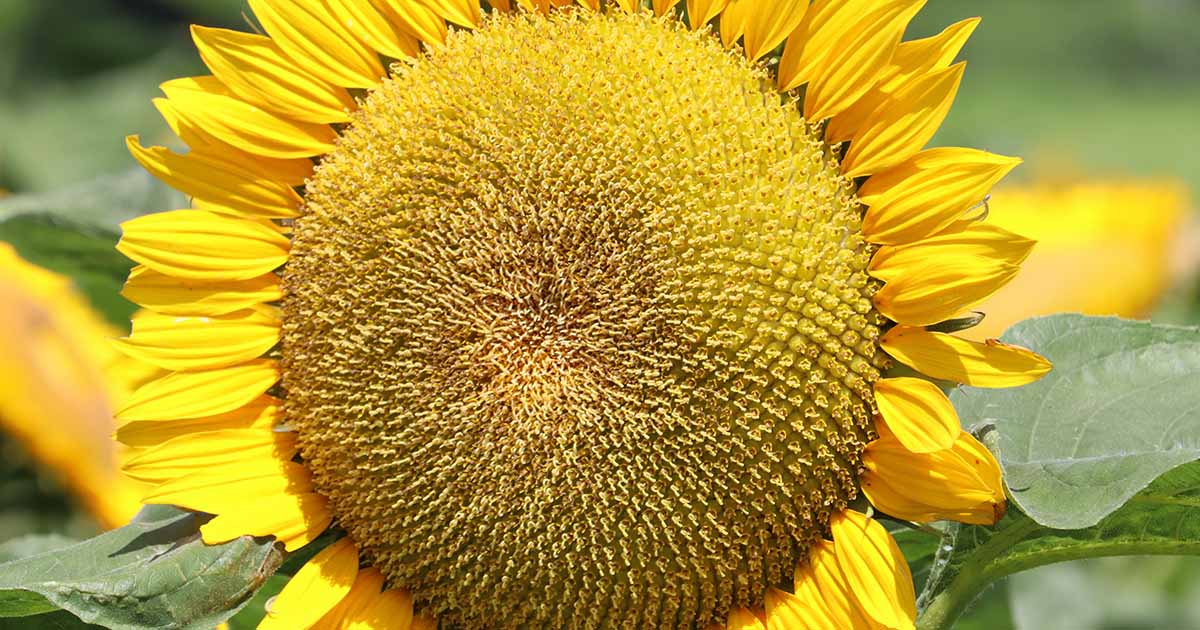
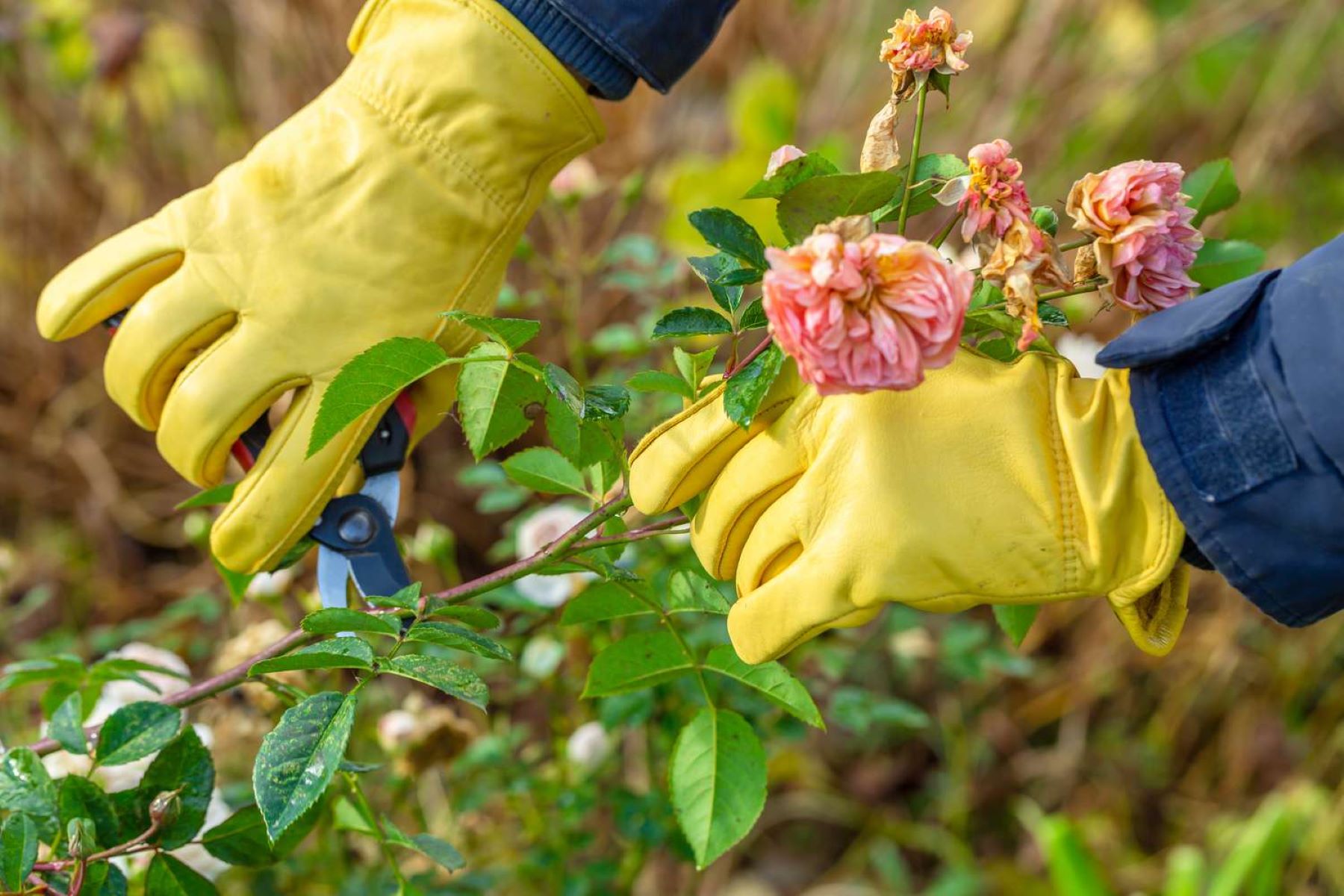

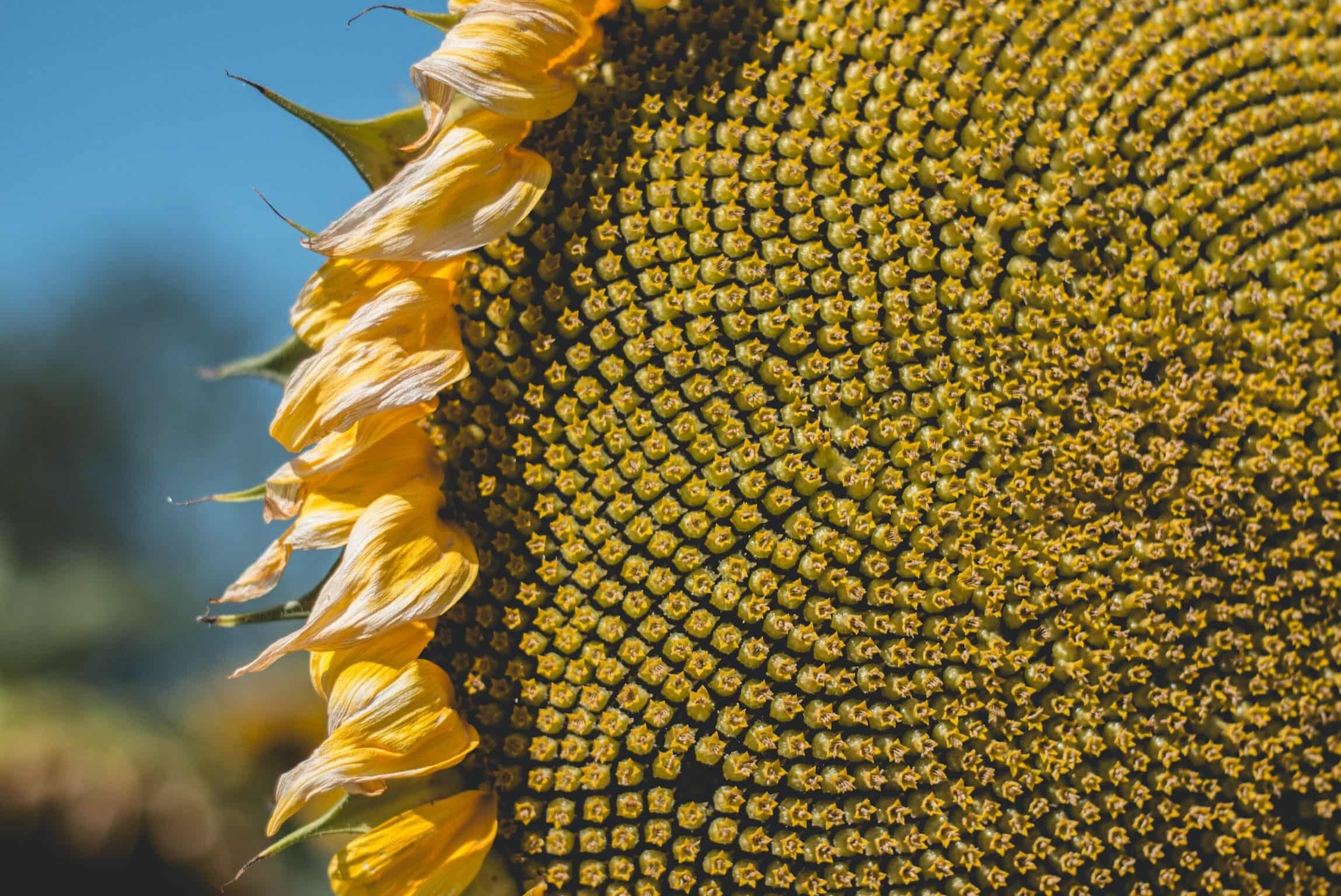

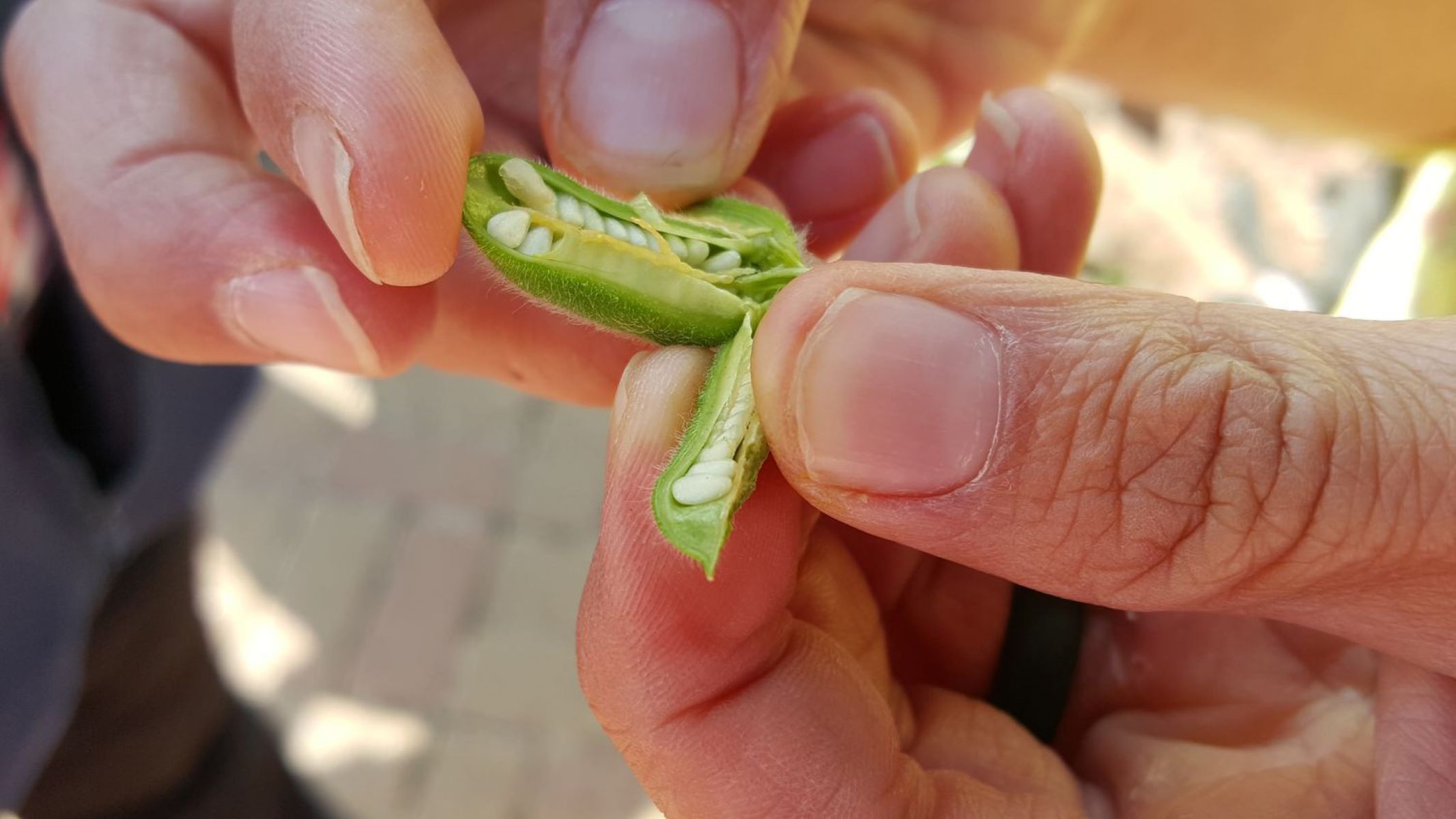
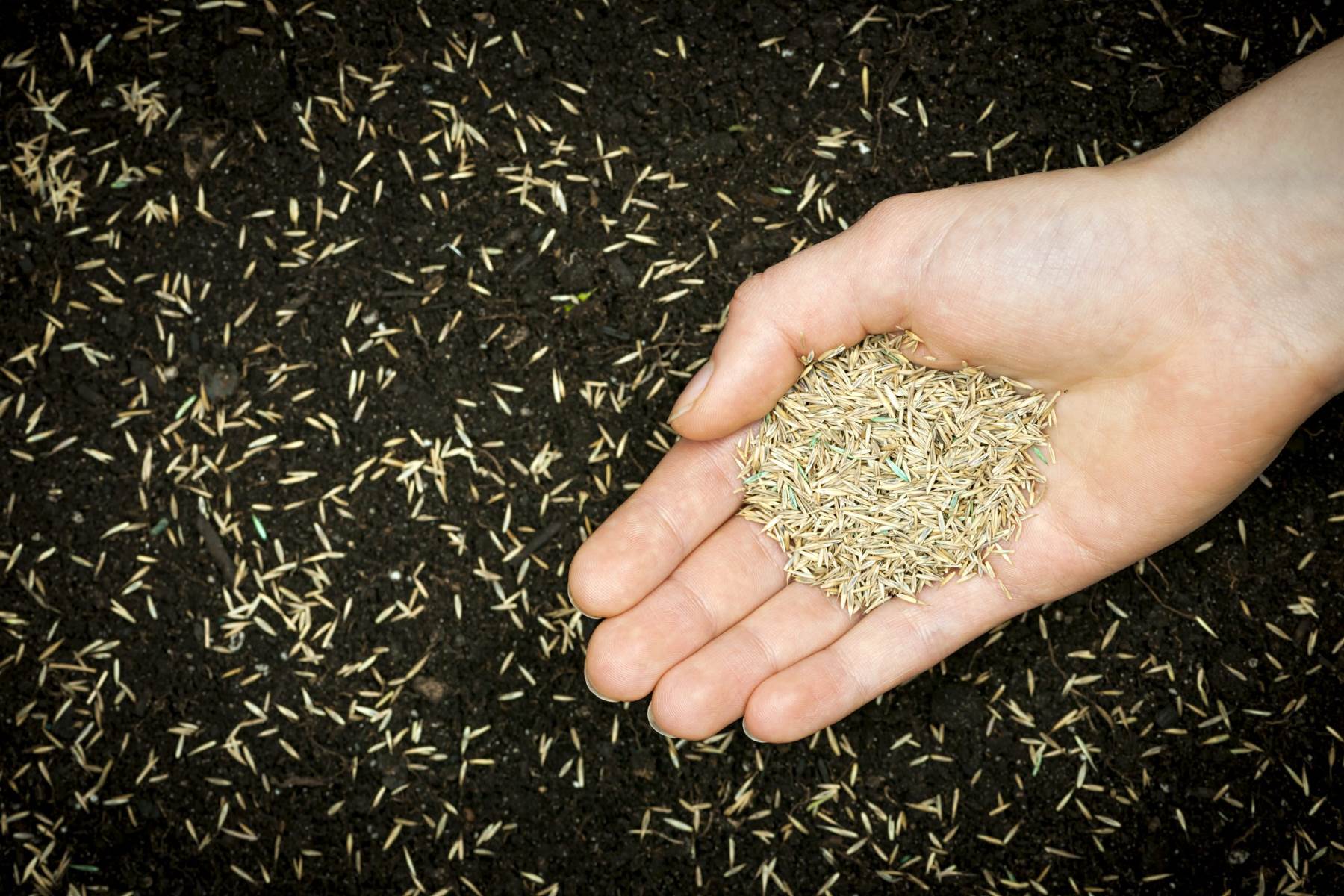
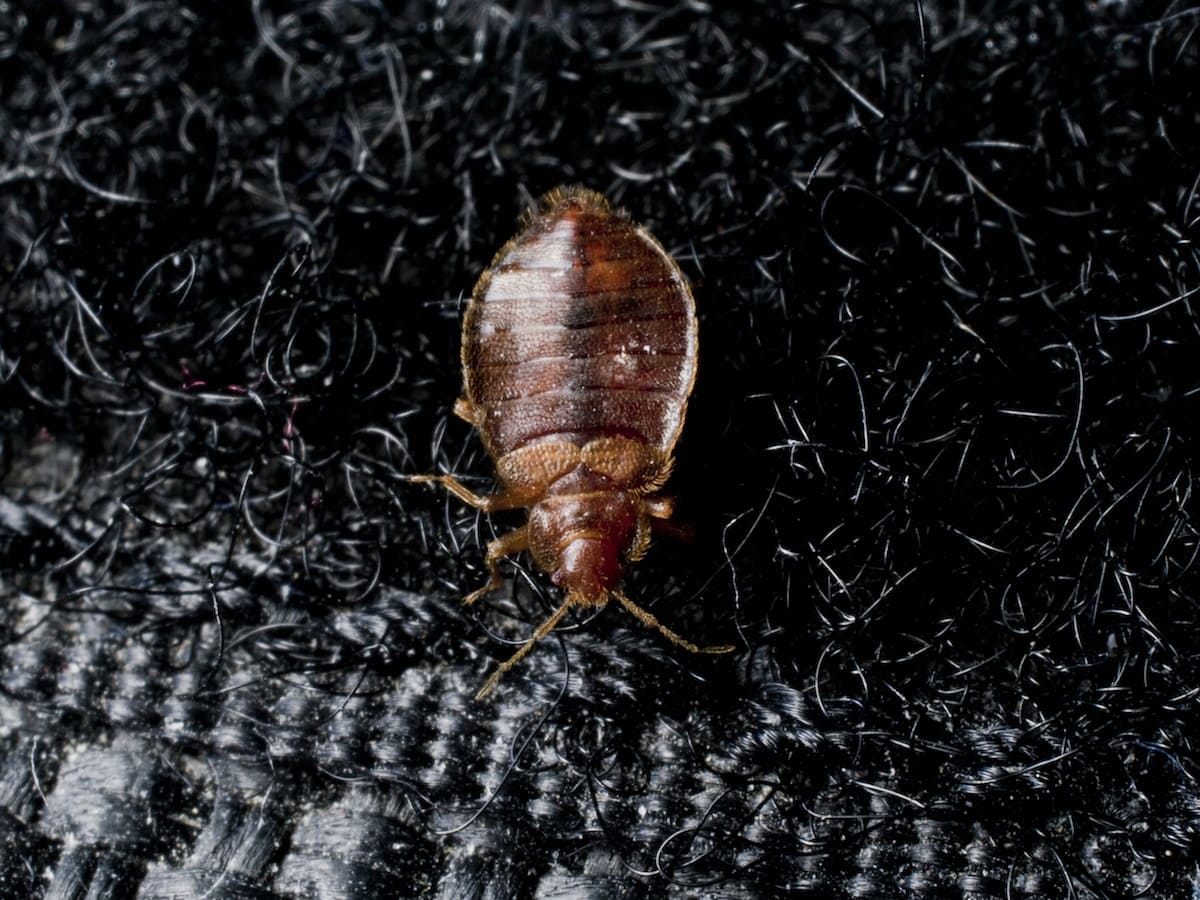



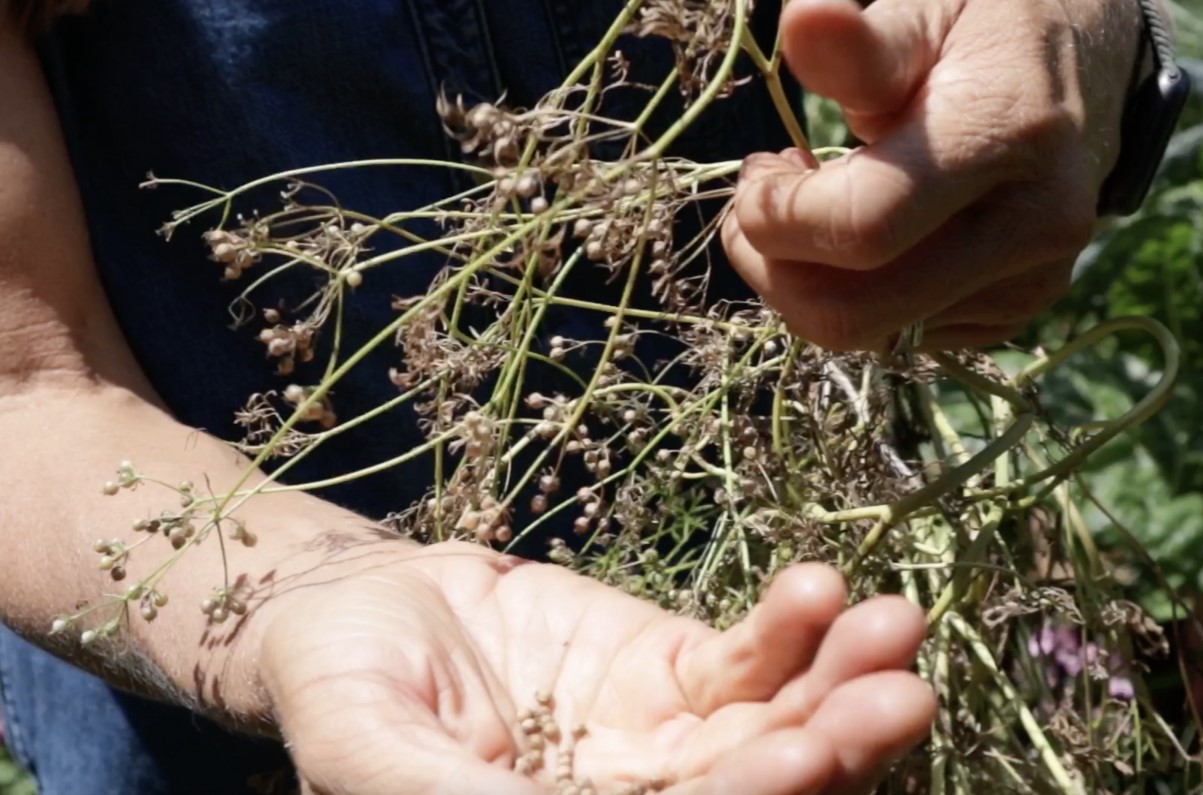
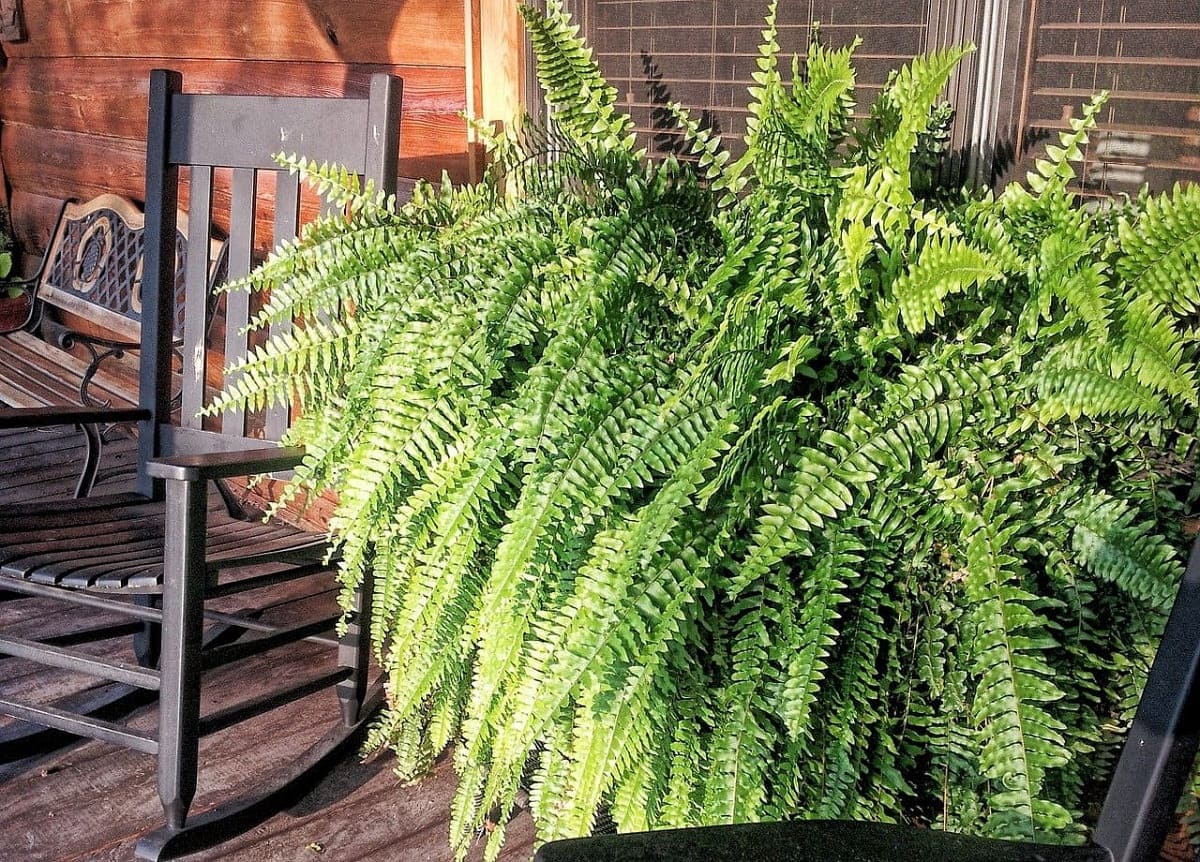
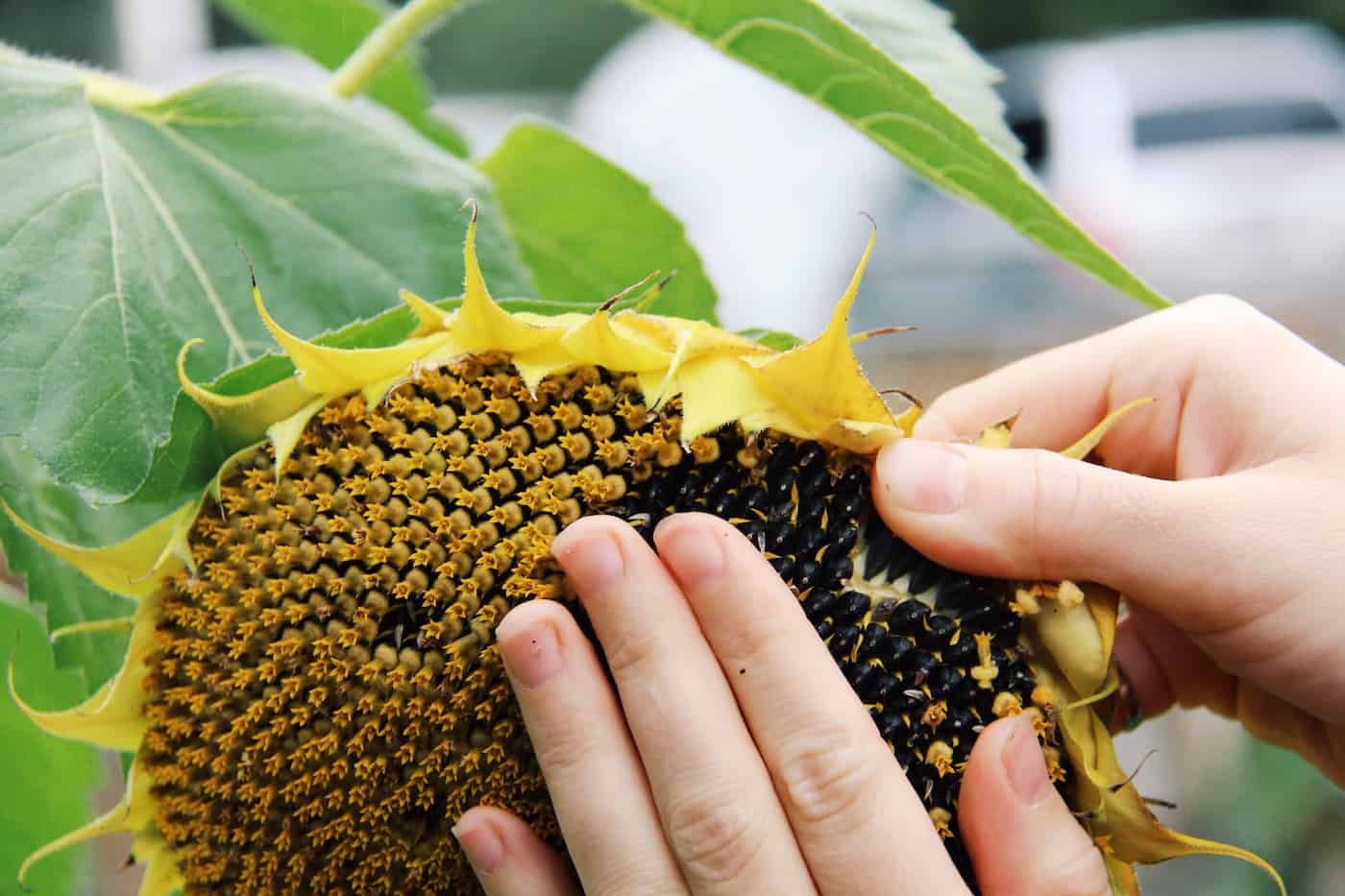

0 thoughts on “Where Do Gametophyte Germinate From Ferns”